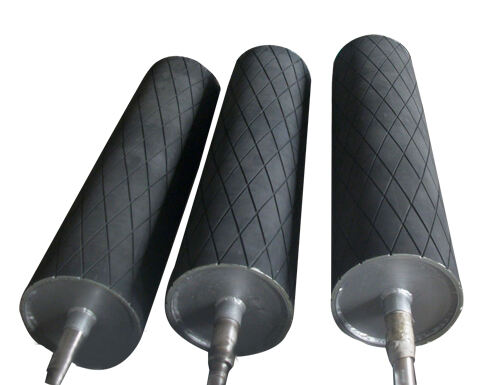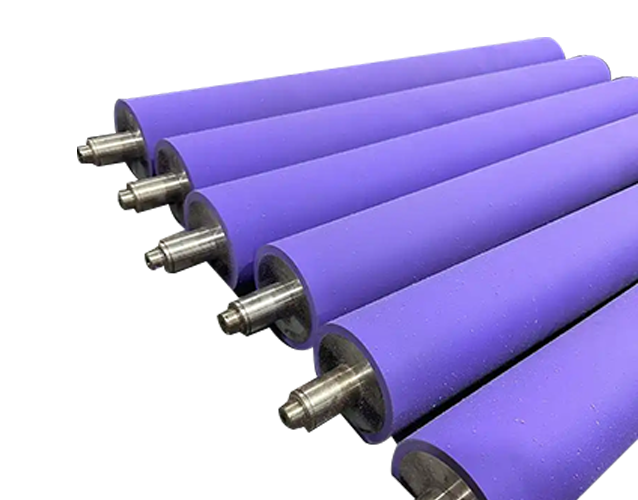rubber drive rollers
Rubber drive rollers are essential components in various industrial applications, serving as critical elements in conveyor systems, printing equipment, and material handling machinery. These precision-engineered components consist of a metal core covered with specialized rubber compounds, designed to provide optimal friction and durability. The rubber coating is carefully formulated to offer specific hardness levels, typically ranging from 30 to 90 Shore A, ensuring proper grip and wear resistance for different applications. These rollers function by converting rotational motion into linear movement, effectively transporting materials or driving other mechanical components. The unique design incorporates advanced vulcanization processes that bond the rubber to the metal core, preventing separation and ensuring long-term reliability. Modern rubber drive rollers feature various surface patterns and textures, enabling them to handle diverse materials and operating conditions. They are engineered to maintain consistent performance across different temperatures and speeds, making them versatile for multiple industrial settings. The dimensional precision and balance of these rollers ensure smooth operation and minimal vibration, contributing to reduced maintenance requirements and extended equipment life.


